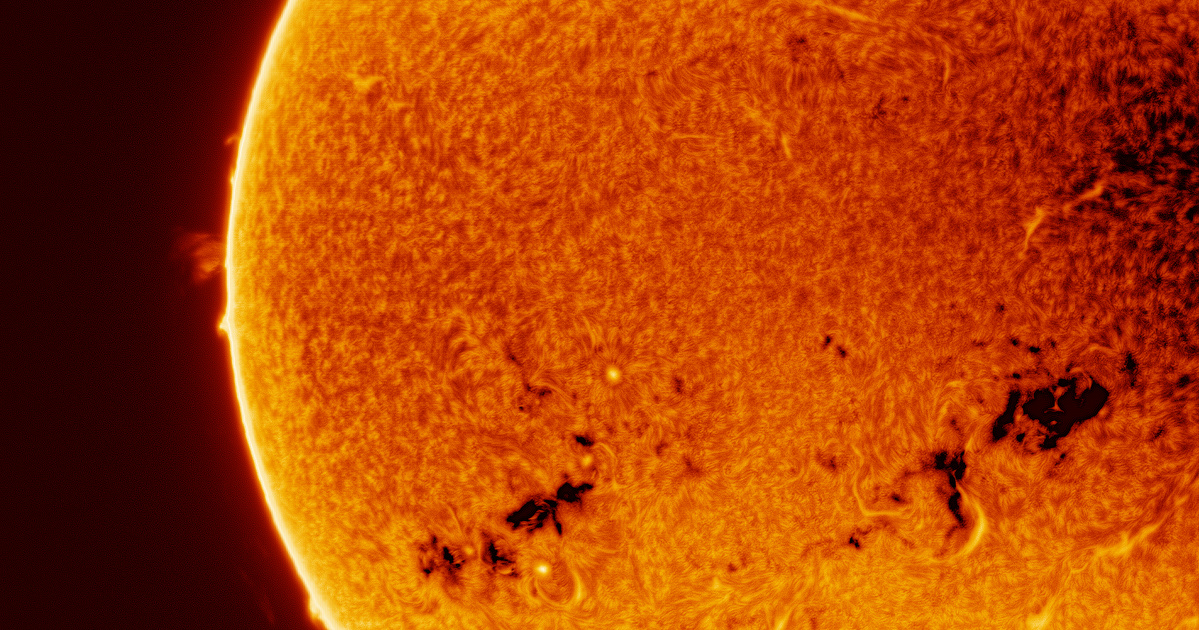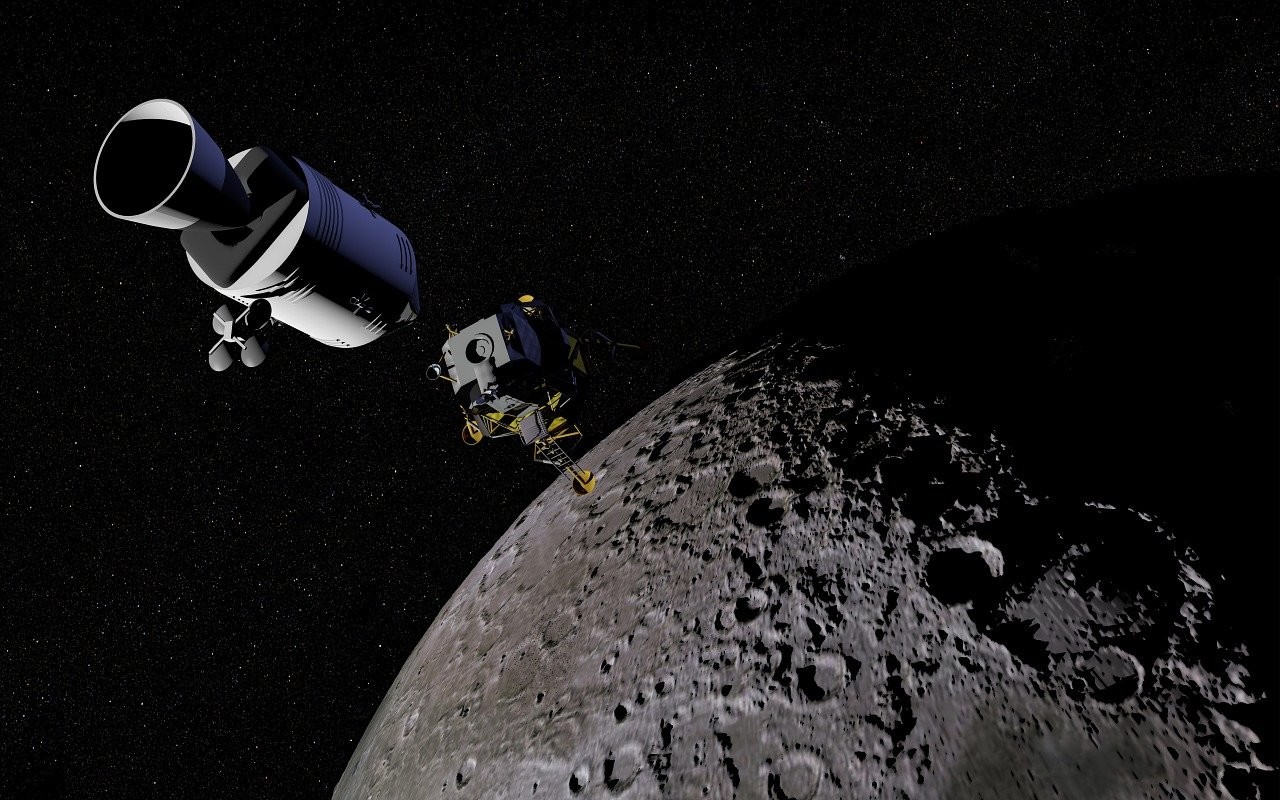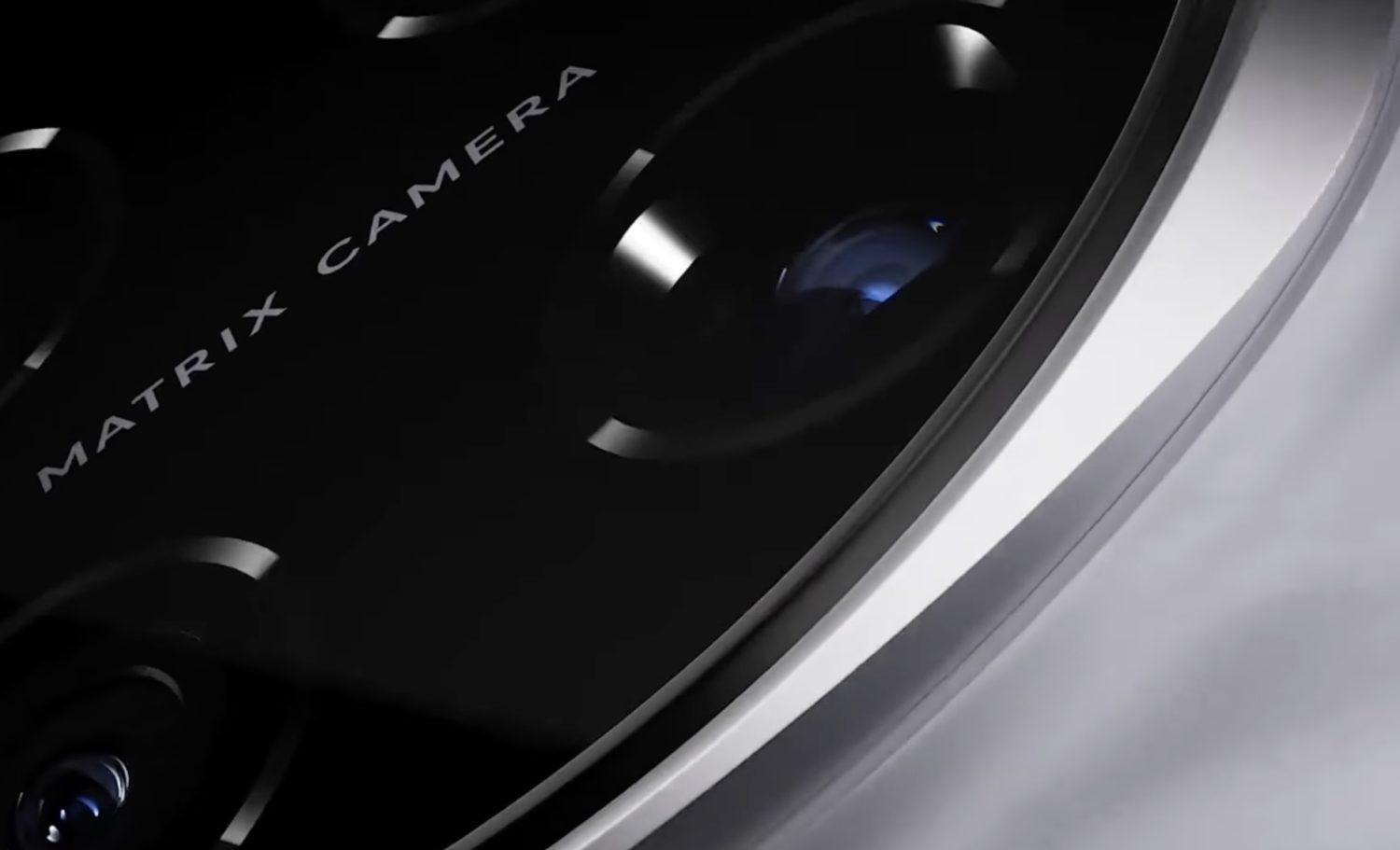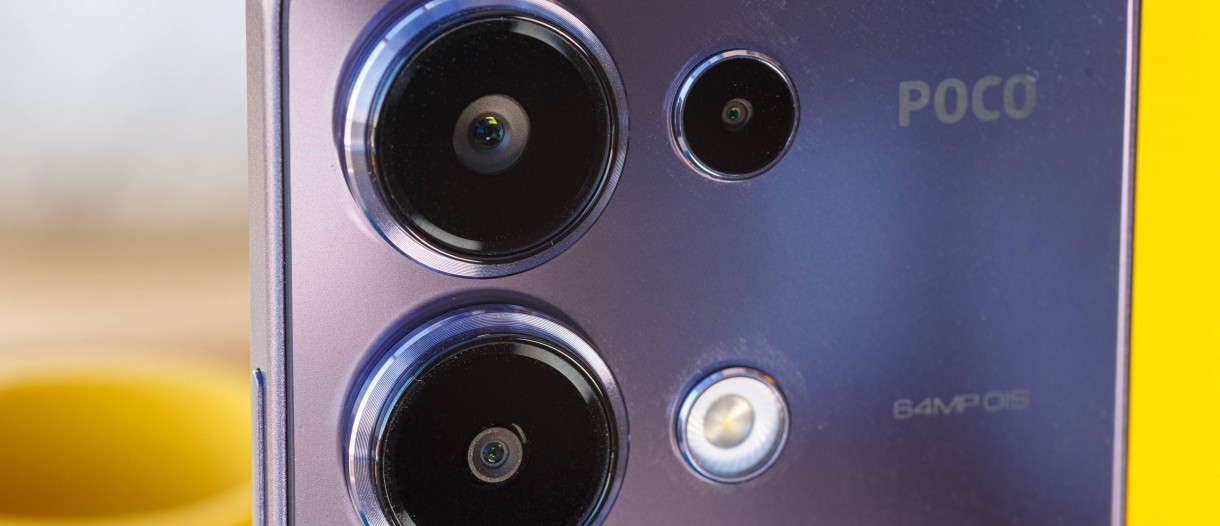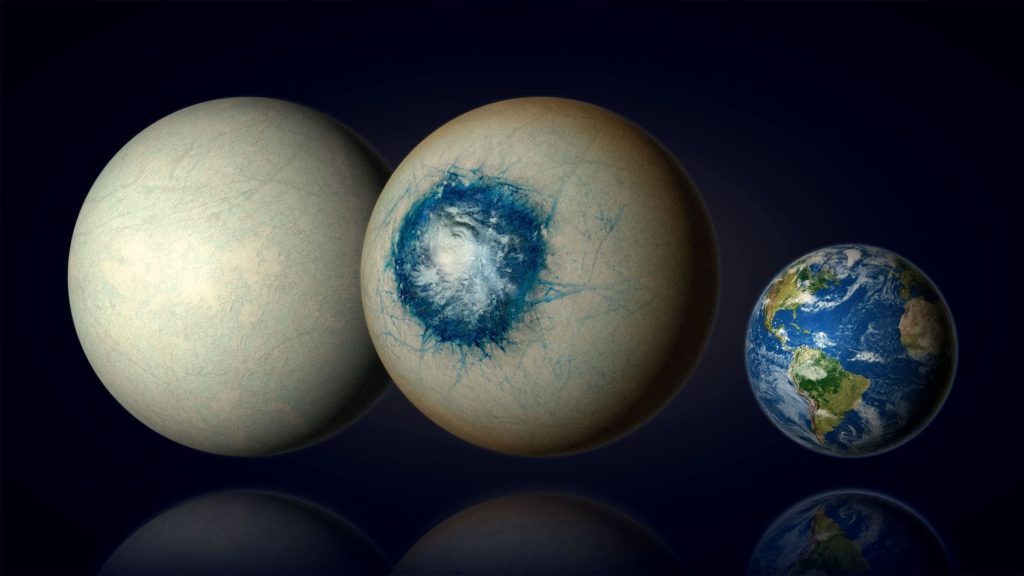New things about the planet were discovered in 2017 with the help of the James Webb Space Telescope.
The exoplanet LHS-1140b was only discovered in 2017, and is about 40 light-years from Earth. According to recent research, the planet's surface is covered with a frozen ocean, and liquid water can only be seen in a single, iris-like region 4,000 kilometers in diameter. Science Alert.
LHS-1140b has a radius about 1.73 times the size of Earth and a mass 5.6 times that of Earth. According to the researchers, the celestial body orbits much closer to its star than Earth does, completing a full orbit in about 25 days.
But the exoplanet doesn't orbit a Sun-like star, but a cool red dwarf. And the planet has a constant spin on its axis, so the same side always points toward the star – just as we never see the far side of the Moon.
New things have come to light.
The fact that a planet is in the habitable zone does not automatically mean that the necessary conditions for life are present. In order to learn more about how LHS-1140b works, it also needed to gain insight into its atmosphere. To Charles Cadieux With researchers from the University of Montreal, using the capabilities of JWST.
Experts have been able to prove the presence of nitrogen, a specific element in Earth's atmosphere. Its presence indicates a secondary atmosphere, meaning that it formed after the birth of the exoplanet, not with it.
Since the celestial body's rotation on its axis is constant, the side facing the star is always cold enough to freeze. Only the spot directly opposite the star receives enough radiation to melt the ice. In this patch, the surface water temperature can reach 20 degrees Celsius, making it suitable for the development of a thriving marine ecosystem.
Rene DoyonWe need at least another year of observations to confirm that LHS 1140b does indeed have an atmosphere, and it will likely take another two to three years to detect carbon dioxide, says the Université de Montréal physicist.


















